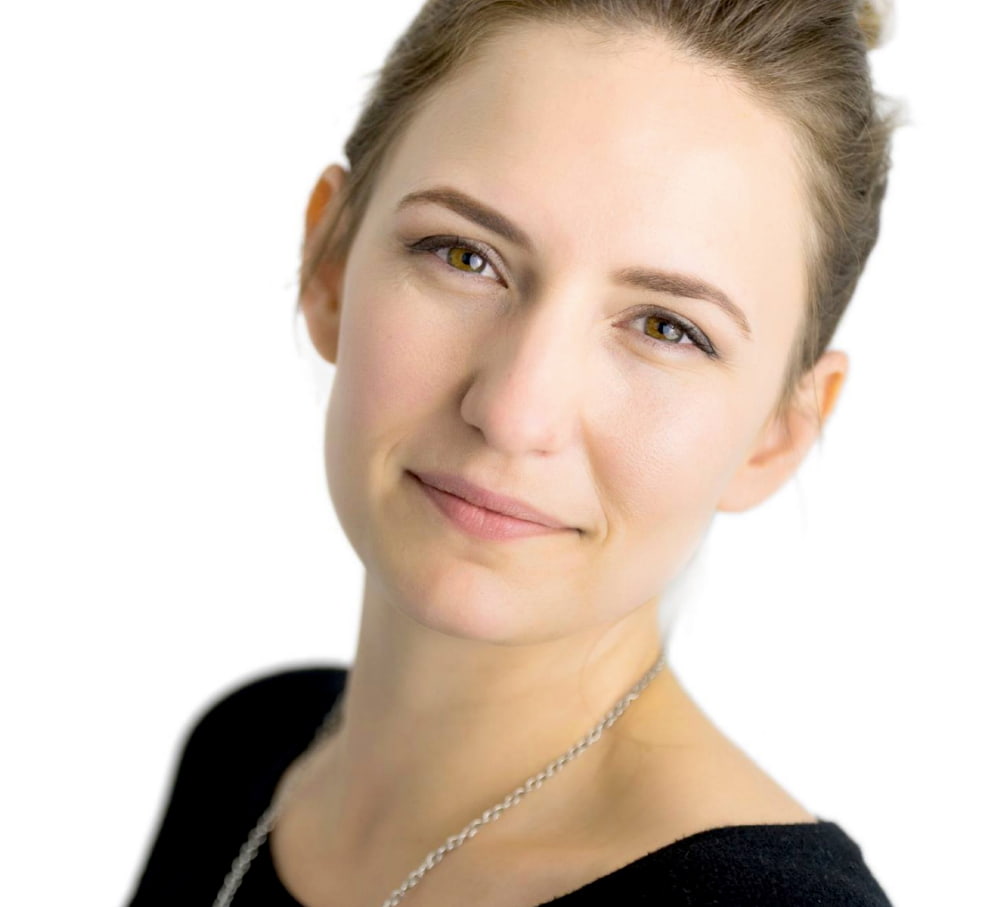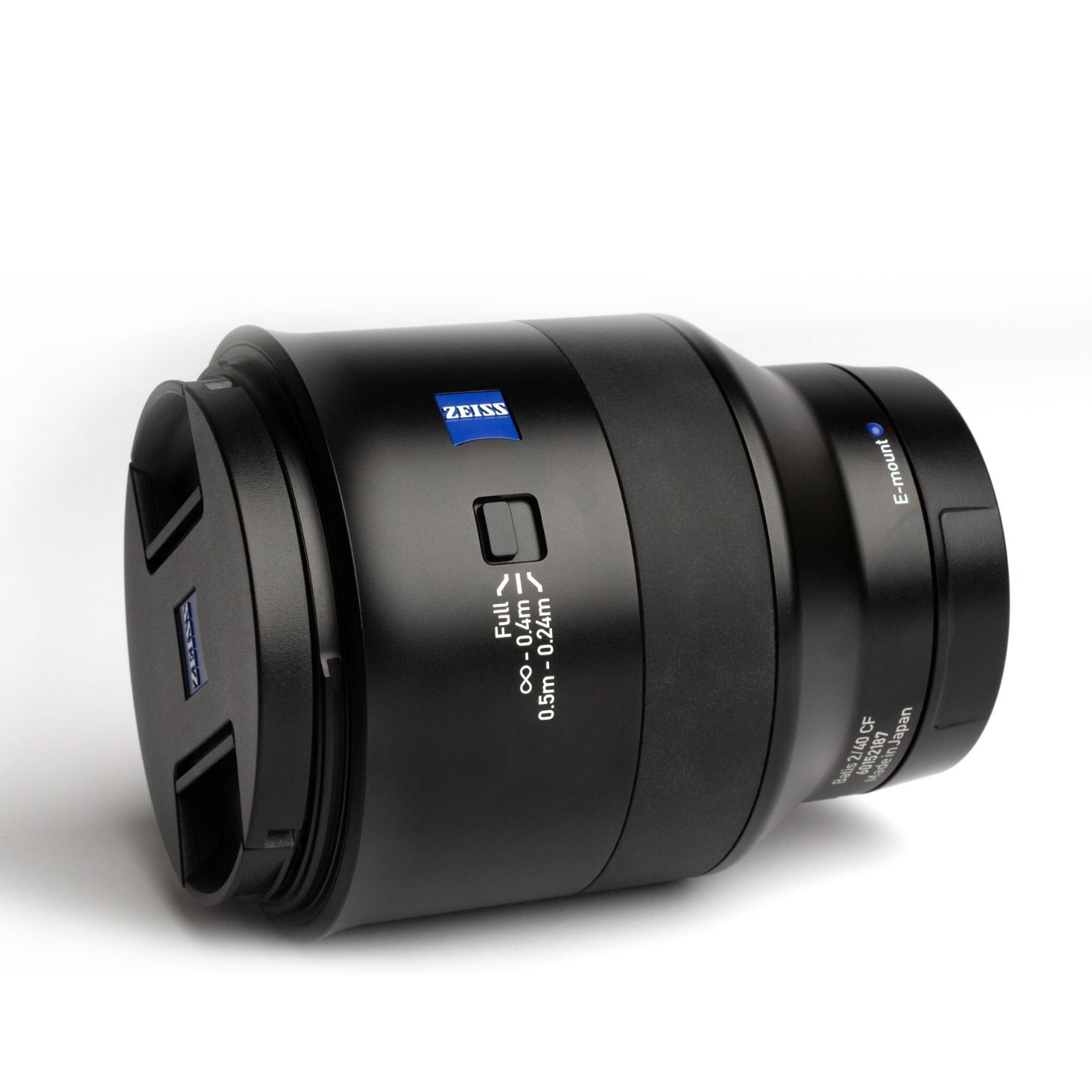There are a few things that influence how to choose photography equipment: your shooting style, your visual signature, the space you’re working in, and the needs of the job.
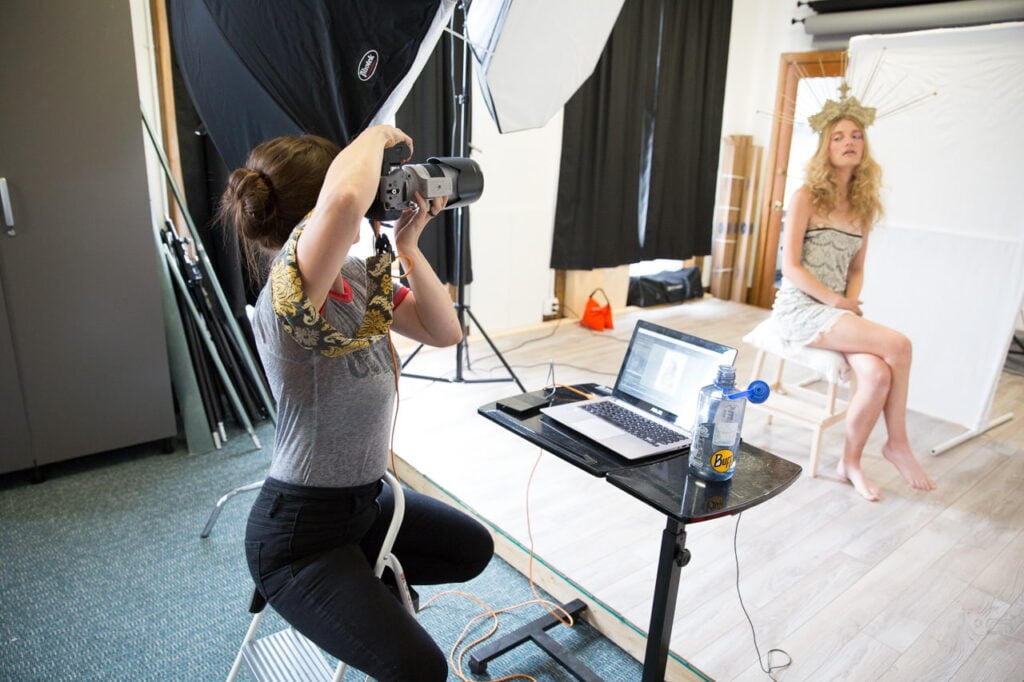
Ready to start making choices? Let’s get to it.
Your Shooting Style
How you work can have an impact on the photography gear you choose, and your image quality.
Light, Fast, And Flexible
If you are constantly on the move, carrying your gear for long periods of time, and you need to be able to change direction at a moment’s notice, you probably should consider lighter camera bodies and flexible lenses. A flash is likely your best choice for mobile lighting. And if you need to get that steady shot, a lightweight monopod is the way to go.
Photojournalists, street photographers, wedding photographers, and travel photographers often fall into this category.
Light camera bodies:
Flexible lenses:
Portable Flashes:
Monopods:
Planned, Purposeful, And Stationary
Some photographers plan every detail of the shoot, style, and location. They’re after the high-quality hero shot, and they’re not afraid to set up a studio or bring their studio with them. If you’re one of those photographers, then you’re free to choose whatever camera and photography equipment suit your personal style and location.
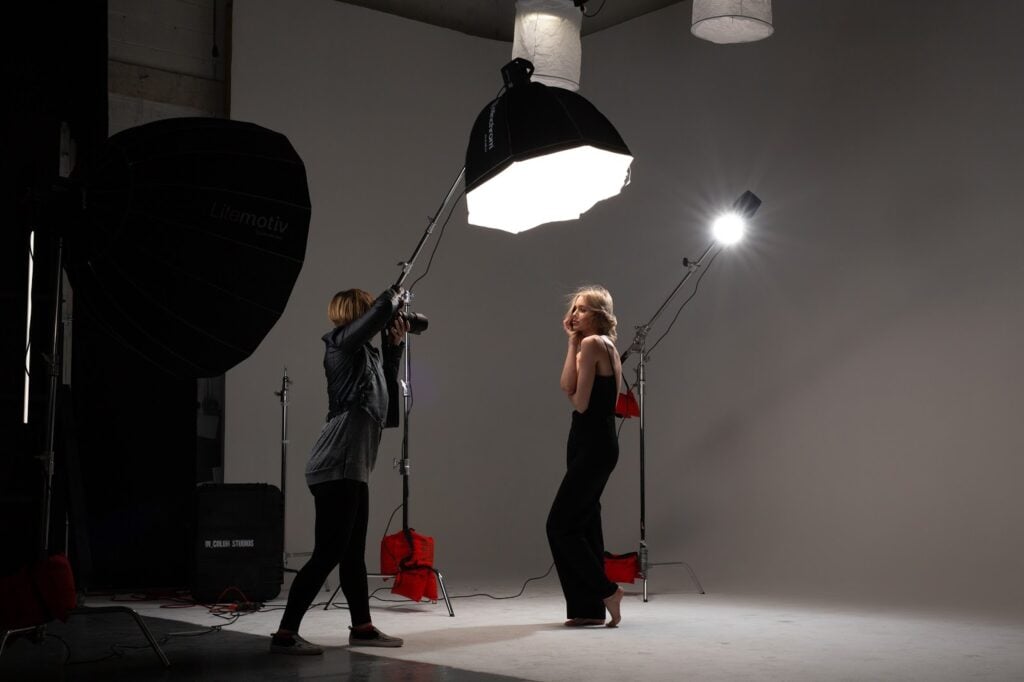
Medium But Mobile
You’re not afraid to carry a bit of weight around if it means getting the look you want, but you don’t want to be tied down with too much photography gear. You want equipment that suits the kind of work you do, and you’re willing to make a few sacrifices to get what you want as long as it doesn’t hamper your ability to get the shot.
All-around bodies:
All-around lenses:
Mobile flashes:
Tripods:
Your Visual Style
Every photographer has their own visual style, and the photography equipment they chose can serve that vision. Some photographers live for creamy bokeh, and others want wide angles or shallow depth of field.
Visual style happens in subject matter, camera angle, lens choice, and lighting, but since I can’t recommend camera angles or subject matter, this section will focus mostly on lenses and lighting. If you need to choose photography gear based on the look you or your clients want, this list might give you some inspiration.
Lenses
Creamy bokeh: Look for lenses with wide apertures, from 2.8 to 1.4. The more blades the aperture has, the smoother and more rounded the bokeh appears.
- Consider: Canon EF 85 1.2L
Compression: Compression makes it look like elements in the frame are closer together in distance, and longer lenses, like the 70-200, make it happen.
- Consider: Sigma 70-200mm 2.8
Wide angles: These lenses let you include a lot of the scene, and subject, in your frame. Barrel distortion starts to become more noticeable at 35mm and below, but the unique quality of these lenses can play into your photography style, too.
- Consider: Nikon AF-S NIKKOR 24mm f 1.8 G
Subtle: I consider mid focal length range lenses to be from 35mm to 70mm. These lenses are closer to mimicking the human eye, especially the 50mm, and don’t contribute quite as much stylistically as lenses farther on either end of the spectrum.
- Consider: Zeiss Batis 40mm f 2.0
Lighting
Soft, multidirectional light: If you want a light that fills up rooms and fills in shadows indiscriminately, large shoot-through umbrellas are a great option. Scrims can also become light sources if you can keep your strobe or flash far enough away to fill it up with light.
- Consider: Photoflex 72” White Satin Shoot Through Umbrella
- Consider: Westcott 6x6ft Scrim Jim
Soft controlled light: Large softboxes and octa boxes can still give you soft light but with a bit more control, so the light only goes where you want it. And if you need to control the spill for even greater light accuracy, you can add a grid.
- Consider: Elinchrom 39” Rotalux Octa
Concentrated light: If you need spotlight-like control, a parabolic modifier might be just the thing. Thanks to the shape, they produce a much narrower beam of light and significantly less spill. You can still use a diffuser or a grid to control light quality.
- Consider: Westcott Zeppelin Deep Parabolic Octa
Hard light: While almost any light source can produce hard light if it’s far enough away from the subject, some modifiers are naturally suited to hard light. Reflectors control the light from a bare bulb and produce hard shadows with specular highlights, and snoots concentrate the light into a miniature spotlight.
- Consider: Flashpoint XLPOR 600 7” Reflector
- Consider: Godox SN-05 Snoot 8cm
Beauty light: The beauty dish is a unique modifier because it creates a relatively hard light source, but with reflected, rather than direct light. The result is even, semi-hard light with filled-in shadows and lots of texture, eminently suitable for beauty portraits and makeup advertisements. Like any modifier, the larger it is in relation to the subject, the softer it will be.
- Consider: Godox BDR-W55 White Beauty Dish 54cm
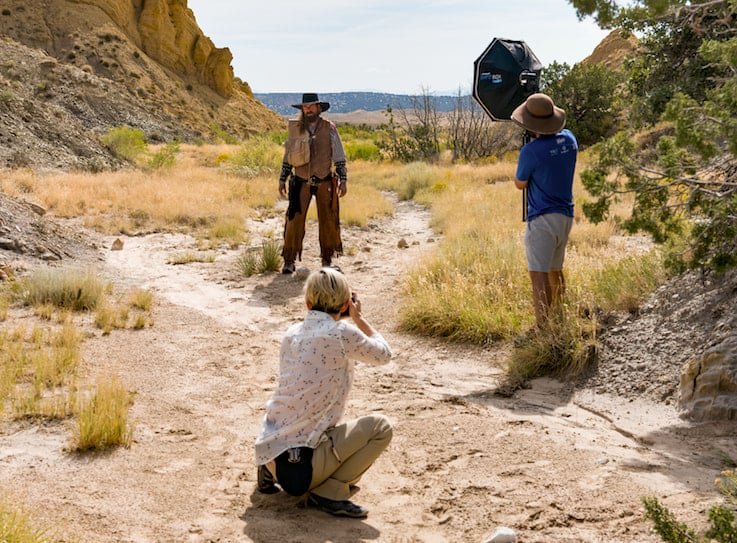
The Location
Sometimes you have to choose photography equipment based on the space you’ve got to work in.
Small Spaces
Unless you’re focusing on headshots, small spaces generally require wider lenses. How wide you go is determined by the size of your camera sensor (full-frame recommended,) the size of the location, and how much distortion you’re willing to put up with.
Low Light
If you work in low light often, a camera body with a large sensor and in-body image stabilization plus a lens capable of shooting at f 1.8 or below, might just become your best friend.
Outdoors
You never know what mother nature will throw at you, so it’s best to be prepared with weather-sealed photography equipment and some kind of camera cover.
Bright Sunlight
If you have to shoot in bright sunlight but you aren’t a fan of hard light, it’s great to have a secondary light or a few modifiers, like scrims or reflectors, that can save the day.
The Needs of the Job
Whether you’ve got a client brief for a commercial photography gig or you’re shooting a family reunion, there are times your clients will have needs you have to take into account when selecting photography equipment.
I’ll walk through an example scenario of what my personal process might look like. Your process has to be dialed in to fit your needs, but I hope this helps give some insight into how to choose photography equipment for a given job.
Scenario
The job: A series of 10 portraits at different locations in the Sandia Mountains for a fitness blog, showcasing both the subject’s fitness and the beauty of their local area. To include a few short video clips.
Considerations:
- Elevation
- Weather
- Weight
- Lighting
- Portability
The Process
The Sandia Mountains sit at 10,000+ feet in elevation, so I’ll want lightweight portable photography equipment I can pack from location to location on my own.
Weather conditions can change quickly and drastically in the mountains, so weather-sealed equipment is a must.
Light conditions in the forest are uncertain, so having an additional light source is a good idea.
The client wants to showcase their fitness. This could mean shaping their body with light and capturing movement. I’ll want a quick, sharp lens and a light with High-speed sync.
The client also wants a few video clips, so the camera body should be suited to video.
Equipment Choices
- Body: Sony Alpha a9ii. Lightweight, weather-sealed, full-frame, with touch video tracking and 4k capabilities.
- Lens: Zeiss Batis 40mm. Lightweight, midrange focal length that works for both portraits and wider shots, removing the need for a second lens, f2 for low light or separation, full compatibility
- Lighting: Flashpoint Zoom Li-on R2 VING V860IIs TTL. Light, powerful, with TTL and HSS for capturing movement.
- Modifier: Westcott Rapid Box 26”. Light, easy to set up, suitable for a single subject.
- Light Stand: Matthews MERF Mini Extendable. Light, breaks down small, legs flatten so backpack can be used as a sandbag.
- Backpack: Tenba AXIS 20L. Big enough to carry all equipment plus space for other necessities like a first aid kit and water. Sturdy to deal with rough terrain and water-repellant in case of bad weather.
Conclusion
Of course, there are loads of photography equipment choices, multiple personal factors, a whole boatload of possible cameras, and different processes, but I hope this guide helped create a framework for making choosing photography equipment a bit easier. You don’t need the best gear to create awesome photographs, you just need the right gear.
